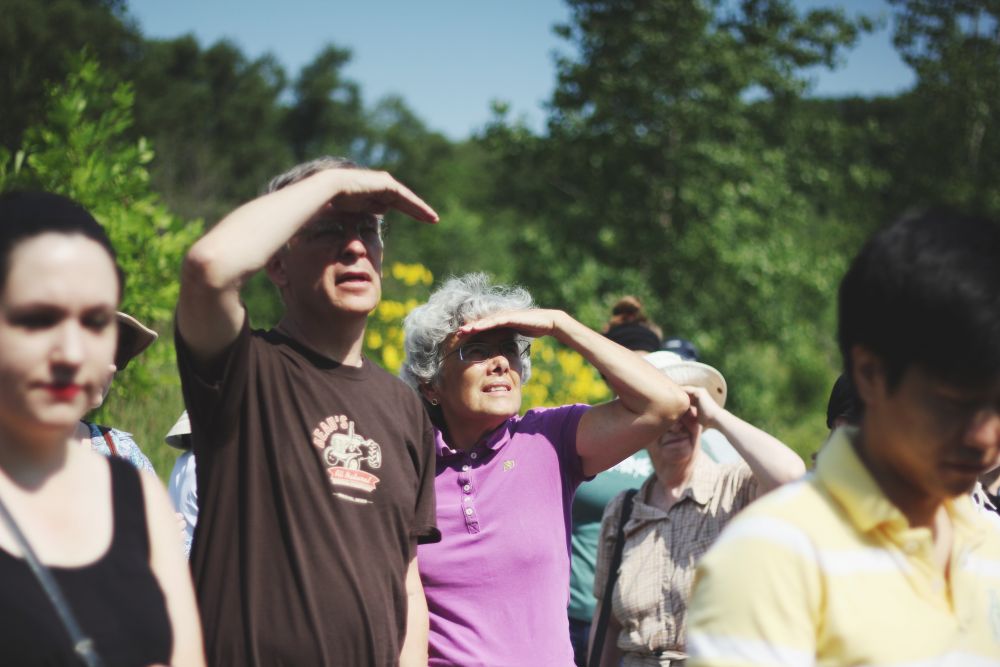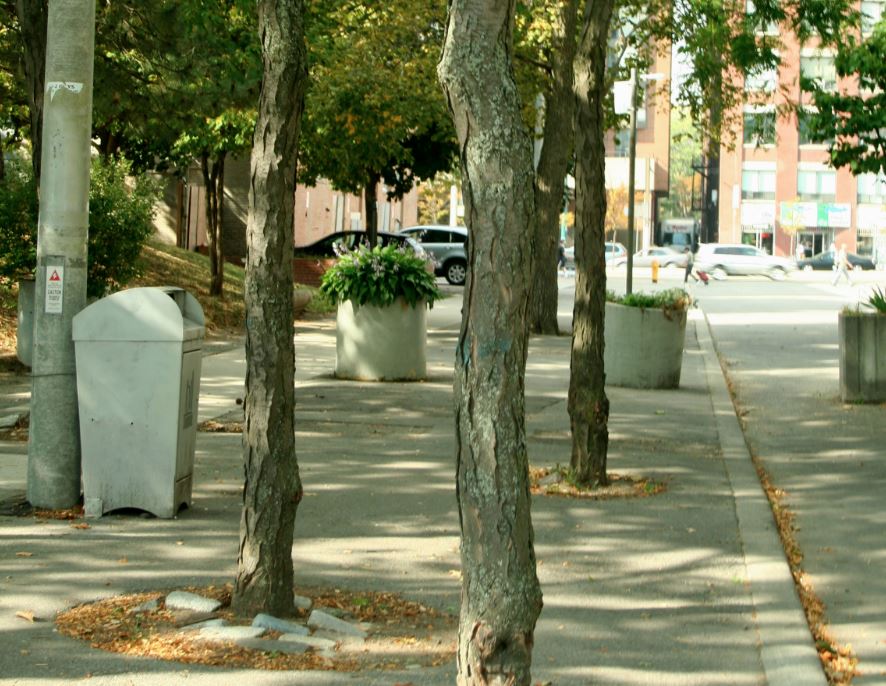The day was structured with an overview of cancer prevention since 1995, followed by three separate morning sessions on alcohol, UVR and shade, and environmental and occupational carcinogens. Keynote speaker Rick Smith later spoke on “Toxin Toxout: the problem with toxic chemicals and the solution”, also the title of his second book. However, what I found most interesting from the day was what I learned about skin cancer causes and prevention.

A task force on prevention of cancer was struck early during Ms. Ruth Grier’s term as Ontario Health Minister 1993 to 1995 when, as she recounted, she asked the technocrats delivering a report on the status of Cancer Treatment in Ontario, “What about prevention?” “When a minister asks a question, the civil servants have to find an answer”, she stated. The former chairman of that task force, Dr. Anthony Miller, presented an update on the progress, and lack of progress, in the near 20 years since his report was tabled in March 1995. His slides have been posted on the TCPC website. Two slides detailed the exposures considered: tobacco, diet and nutrition, alcohol, physical activity, occupational carcinogens, environmental carcinogens, sunlight, reproductive life and related factors, infections, and medications, as well as genetics and socio-economic determinants of cancer.
Most of the recommendations are still relevant today and some are even more pressing and need new emphasis. Under sunlight, he emphasized that “public education is needed to promote skin cover in strong sunlight, especially infants, children and those with fair skin; shade should be provided in schools, public places and work sites; protective clothing should be worn as sunscreens are not completely reliable.” The sunlight-task force recommendation has been largely ignored. “A public education campaign needs to be mounted to emphasize the need for preventive measures other than sunscreen to avoid UV-induced skin damage, promote the proper use of sunscreens, and communicate the uncertain degree of protection offered by sunscreen products.”

The City of Toronto Shade Guidelines Summary, the full version of which is available here, provides a wealth of specific information. Thoughtfully and logically laid out, it includes the City of Toronto policy on shade, with many surprising facts and recommendations. The eight page gem of a document should be required reading for all LEAF staff and volunteers. I separately learned of indirect UVR from cement, sand, snow, water and white buildings! Another attendee at the conference mentioned that there is a Toronto daycare policy of two hours of outdoor activity per child per day (note that I could not confirm this officially) and that this play often occurs when UV risk is high. In the policy standards for outdoor play facilities that I found, it did not include shade or UVR protection requirements, nor did it specify the need to avoid peak UVR hours. This seems to be a serious gap in protecting our children from this risk.

In the feedback session, I learned about the MYCANCERIQ app, launched in January 2015 by Cancer Care Ontario, outlining one’s personal risk of various types of cancer. What to do with the result? Modify those factors that you can and take the results to your family doctor for screening and help with the others.
The theme running throughout the day was that Toronto has done as much or more than most cities to mitigate the incidence of cancer but that more still needed to be done to reach Dr. Miller’s proposed but achievable goal of a 50% reduction across a wide range of cancers.
David Slaughter is a new LEAF volunteer and amateur photographer who focuses on nature photography in all forms, particularly flowers and flowering trees. As one of LEAF's guest attendees, he found the TCPC one day conference insightful and thought-provoking.
